After school meltdowns are common and totally normal. Proven strategies to help you get ahead of the after school meltdown and help your child cope without an after school attitude. Plus, have you tried using magical calm down picture cards yet? They work wonders with after school meltdowns in our house!
We’re several weeks into the school year but I’ve noticed a pattern emerging (and frankly, it’s hard to miss if you have two eyes and a good set of ears) once the kids get off the bus and get through the front door. It’s what psychotherapist Andrea Nair coined as the “after-school restraint collapse,” and you may be familiar with it, too.
Basically, our home morphs into a hot mess at 4pm when the kids come through the front door.
It looks like a meltdown, sounds like a tantrum and feels like explosions of emotions stomps through our house until bedtime.
This behavior has a lot of parents scratching their heads because teachers and caregivers give glowing remarks about your child’s behavior and personality when they’re at school or in daycare, but then your child acts completely different when they’re at home with you.
Here’s the good news.
This behavior can feel like a real phenomenon, but according to experts, it’s totally normal (whew), very common and something parents can help their children overcome with a few tweaks.
After a long day at school or daycare, many kids totally lose it because they’ve restrained their emotions and bodies for so long. When they finally feel safe to release their true feelings that have been pent up, the unloading usually falls on the people they trust the most: Mom and Dad.
This is the after-school restraint collapse.
Why The Phenomenon of After School Meltdowns Happen
At school and daycare, children are required to be well-behaved and follow the rules and structure. They are tasked with managing expectations and challenges, and navigating social complexities without the help of a parent. All day long kids are obligated to keep it together and “be good,” which can be both physically and emotionally exhausting.
A lot of children melt down because they are physically spent at the end of a school day. They may be tired, or overstimulated from a full day at school and from learning.
Another perspective is that your child was asked to perform for 7 or 8 hours at school or daycare, and if things were hard or challenging for them, they’ll take their feelings out on you as a defense mechanism because you weren’t there to help. Your child may feel like they really needed you, and you weren’t there for them.
Lashing out and pushing you away is a front to their true feelings.
The after-school meltdown unleashes all the pent-up emotions on someone the child loves, and trusts. They aren’t trying to test boundaries or instigate a power struggle. The after-school restraint is a release because your child is physically and/or emotionally drained and overwhelmed, and can’t hold it in any longer.
Different Forms of Emotional Release
Some kids release their emotions in the form of whining, becoming extremely emotional and weepy. Others throw a tantrum, scream, refuse to listen or follow directions. You might see disrespectful behavior, backtalk, not listening, acting rudely and others, close-up and become quiet and keep to themselves to decompress.
After School Collapse Behavior can look like:
- Crying
- Whining
- Weeping
- Screaming
- Throwing an object
- Overly emotional
- Tantrum
- Acting defiant
- Attitude: Backtalk and disrespect
- Picking fights with parents / siblings
- Overly sensitive
- Easily upset
- Refusing to listen
- Non-cooperative or compliant
Try the Emotions Identification Bundle to help support your child in learning, naming, and communicating their feelings and deep dive into what’s going on, on the inside.
Intense Children are More Prone to Melting Down After School
A child’s personality plays a big role in their susceptibility to collapse after school.
Children who have the following characteristics are more likely to release big emotions after school.
- More intense
- Sensitive
- Have difficulty with learning
- Struggle with social skills
More relaxed and go-with-the-flow children can have off days too, especially if school was challenging, they’re having a difficult time understanding a new concept, friendship problems or health-wise may be feeling under the weather or tired.
Find help with the Calm Down Toolkit with self-regulatory techniques kids can choose from including mindful breathing patterns, affirmations and more.
8 Solutions to Curb the After-School Restraint Collapse & Help Your Child
-
Fill Your Children with Good Attention Before They Head Out the Door
Give your children lots of positive attention before they head off to school or get dropped at daycare. Avoid the morning rush by setting your alarm 15 or 20 minutes early, packing lunches and picking outfits the night before, so you can squeeze in extra time in the mornings to connect, sit down to have breakfast together, snuggle on the couch or do something uninterrupted.
-
Stay Connect While They’re Away
Nair says, “If your kids feel like you’re with them, supporting them through the day, they’re less likely to feel vulnerable, and later, angry with you for not physically being there.”
Separating can be hard and a reminder you’re with them can help immensely. My children and I have a special first-day of school tradition and although we’re well past the first day of school, they still wear these tokens to remind them I’m with them during the day. You can start this tradition anytime!
Stick a note in their pocket or into your child’s lunchbox or backpack such as “I love you and I’m thinking of you” to help stay connected during the day.
For little ones, send them with a picture of your family as a little thing that connects the child to home.
-
Reconnect with your Child(ren) after a Long Day Away
Greet your child with a warm smile, and hug. Make eye contact and let them know you missed them during the day and are happy they’re home. Let them take the lead on the conversation and avoid general questions such as “how was your day,” because this can be a trigger for a child who is on the brink of exploding.
Triggering language that can set a physically and emotionally spent child to react, is “do you have homework tonight,” or “I got a call from your teacher today.” Save those talks for later once your child has eaten and has a brain break from school.
For parents, after-school is an important time to reconnect which means you need to stay disconnected to connect. Stay off electronics and email for the first 30 minutes after your child is home.
Reassuring your child with your full attention is important to being connected.
-
Meet Basic Needs When They Walk in the Door
Don’t ask if your child is hungry, assume their tank needs to be filled. Set out food on the counter or bring a snack and water with you. Real, nutritious choices such as fruit, cheese, nuts, or a balanced bar will help fuel them without making blood sugar spike and lead into the emotional rollercoaster you want to avoid.
-
Let Kids Decompress Without Homework, Chores or Talking About School
Once your child eats and you’ve connected with them, find a way for them to decompress for the next hour or so.
For some kids, this may be physical activity such as riding their bike, jumping on the trampoline, paying outside or swinging. It’s a good way for them to use the energy they’ve kept bottled up during the day.
Other kids may need something more low-key like listening to music, coloring or simply doing nothing.
Avoid talk of school and homework to allow time to decompress. When they’re ready to have a conversation, let them take the lead and open-up. Once they start talking, it becomes an appropriate time to inquire about the intense moments from the day.
-
Create a Safe Space in the Car and at Home
Give your child a safe space to be in their head by themselves before you hit them with the big questions like “what did you do at school today” or “tell me what you learned today.”
Turn on the radio on instead of talking in the car and play their favorite music to help them unwind. At home, you can create a calm down spot or a safe space to be alone and chill out.
-
7. Keep it Light and Fun at First
Nothing stops a meltdown in its tracks or derails one that’s already happening, like laughter.
Have a tickle fight, turn up those 90s dance hits and lead a dance party in your living room or take a detour to the local playground to have some fun together. The release of being together and having fun will help make the day’s tensions disappear.
Getting into the child ego state more often, is the key to connection with your kids.
Laughter releases the same tension as tears. – Laura Markham, PhD.
Psychotherapist Andrea Nair recommends using “play therapy” with your child to process the events of the day. “Provide time to either do nothing/ rest or play out the day in a physical way. Some younger children like to wrestle, run around, or get in a tickle fight. Older ones might like to go for a bike ride or hammer out their energy on an instrument.”
Here’s a helpful list of ways to be a more playful parent and have fun with your kids.
-
Create an After-School Routine That’s Anything but Chaotic
It’s important to remember children thrive with routine, even school-aged children. Routine provides them with a safety net during their emotional storm.
A simple after-school routine may look like this:
- Greet your kids at the door, bus stop or school with a smile and a hug – remember, no big talks about school or homework.
- Have a snack and drink a glass of water
- Turn on music to relax everyone
- Take 30-60 minutes to decompress, play outside, have fun and unwind
- Start making dinner
Nair says that through her own personal experience, to “steer away from play dates or scheduled activities right after school” so she could give her son time to regroup.
Children appreciate downtime to play and be outdoors, so an over-scheduled afternoon with structured activities isn’t always ideal.
9. Use Calm Down Cards
Calm Down cards are a great tool to give kids options about how they can calm down, and when they have the choice of what they want to do, it’ll help them calm down even faster!
Print this set of calm down cards, laminate if you can, and let your child shuffle through the 45 cards until they find a solution they’re comfortable with.
There are 45 kid-tested methods that will help them cool off when big emotions take hold!
The best part?
With consistent practice of using the calm down card set, kids will turn to their set of calm down cards without any prompting from an adult and begin to self-manage their big feelings all on their own!
Need a little extra handling your child’s big emotions? Here’s a FREE Parenting Course to help you both turn things around.
In the Aftermath of the After-School Restraint Collapse
Sometimes, despite all your best efforts to circumnavigate an after-school meltdown, it will still happen. This is normal behavior and is completely OK.
An after-school meltdown will happen, when it needs to happen. The emotional strain your child is experiencing is simply too much to bear and a release is necessary at time.
Your child will do best with your support and understanding. When your child is most vulnerable point, reassuring them they’re safe and you love them is the best remedy to an after-school meltdown.
Keeping it all together takes a lot of effort, and when your child loses it with you, rest assured it’s not because anything you’re doing wrong. On the contrary, your child trusts you the most to be their safe space.
When Will the After School Restraint Collapse Go Away?
While after school reactions can last the entire school year, they’re more typical in the first few months of a school year. Once children fully adjust to the schedule, teacher, and environment, they’ll feel less spent at the end of a school day.
If you feel meltdowns happen too often or long after an appropriate adjustment period at school or daycare, it’s always a good idea to reach out to your child’s teacher to talk about the environment, their behavior and social interactions.
Recommended Books About Big Emotions & Feelings:
More Parenting Resources:
- Handling Toddler Tantrums: Big Emotions & Helping Your Toddler Feel Heard
- Parents: 5 Steps to Teach Kids How to Manage Big Emotions (Free Printable)
- Help for a Child Who Reacts to Environmental Triggers & Sensory Overload
- Help Your Children Understand Emotions and Develop the Emotional Intelligence They Need
Want even more?
Shop All Parenting Resources
Shop all of our parenting resources from self-regulation tools and managing big emotions to building self esteem and confidence. There are resources for all seasons of life!

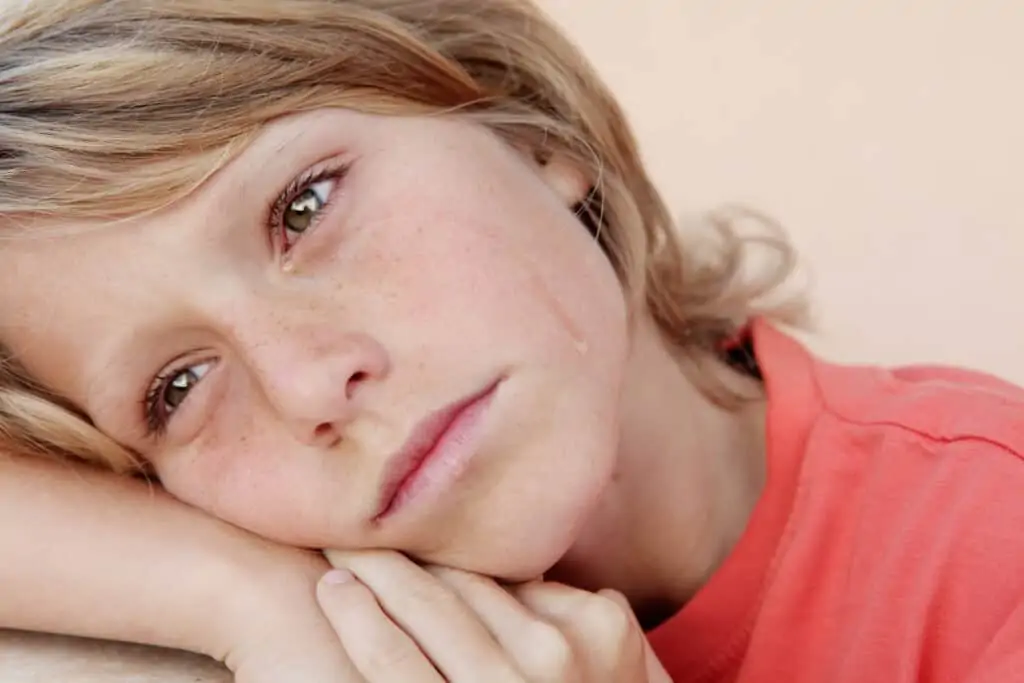

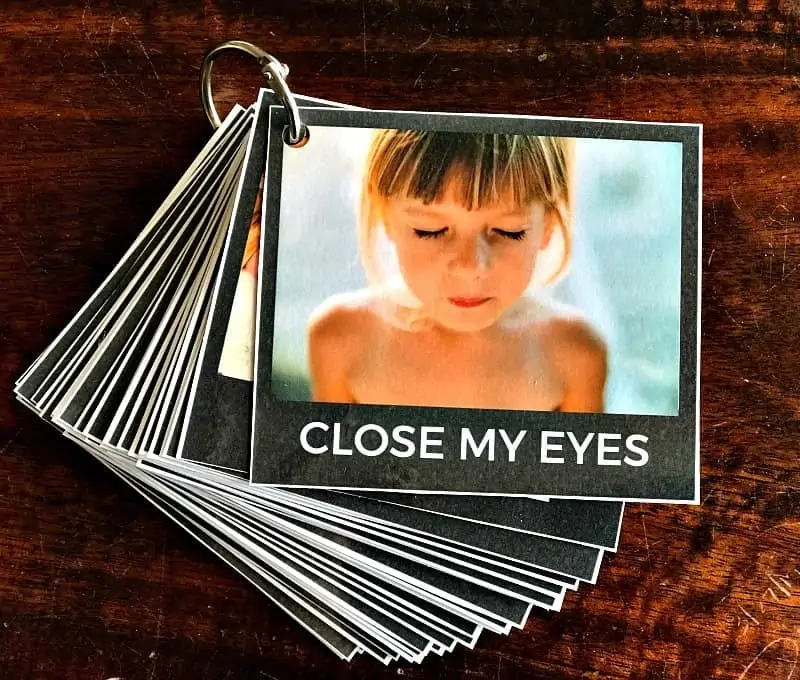








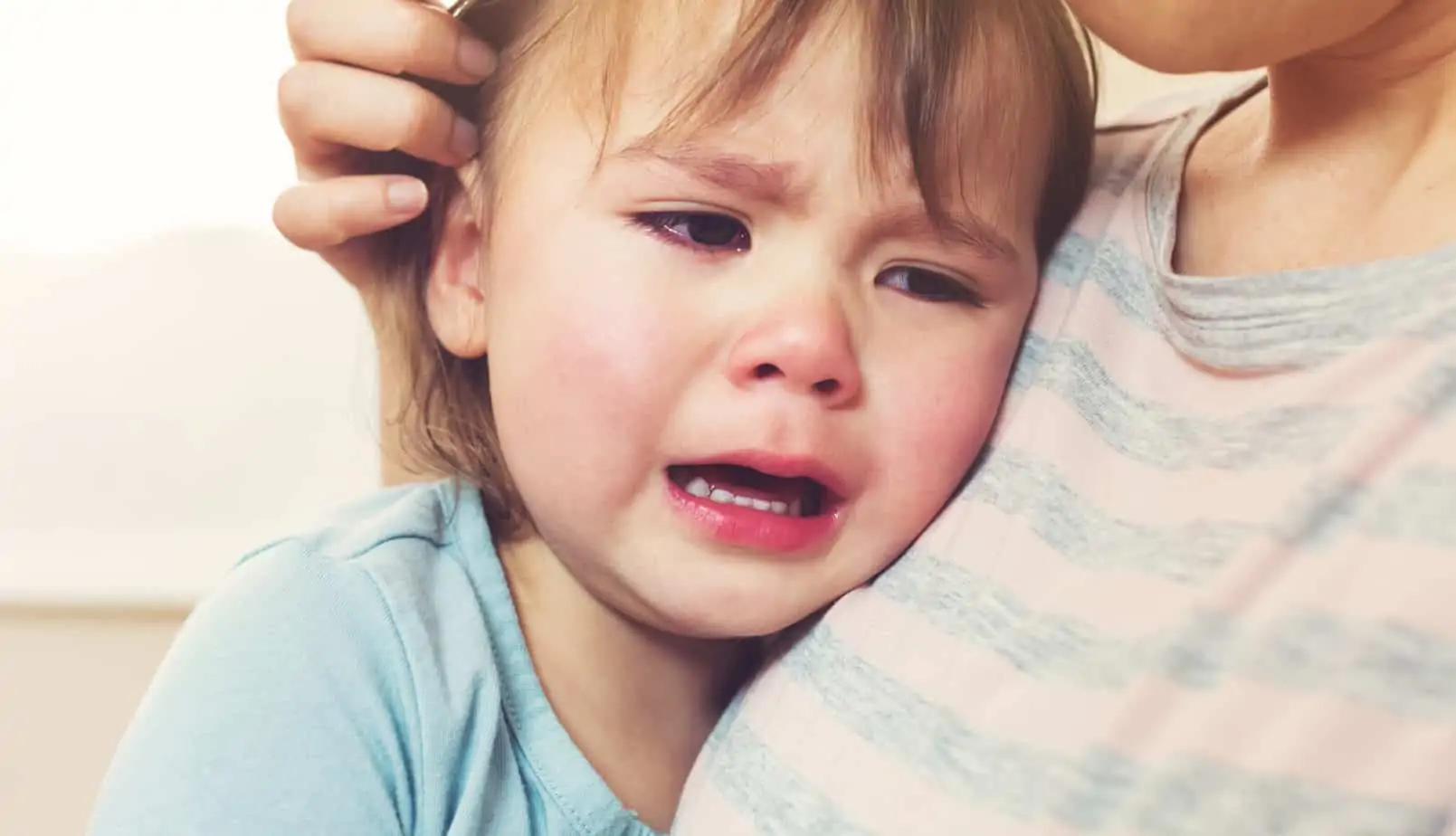
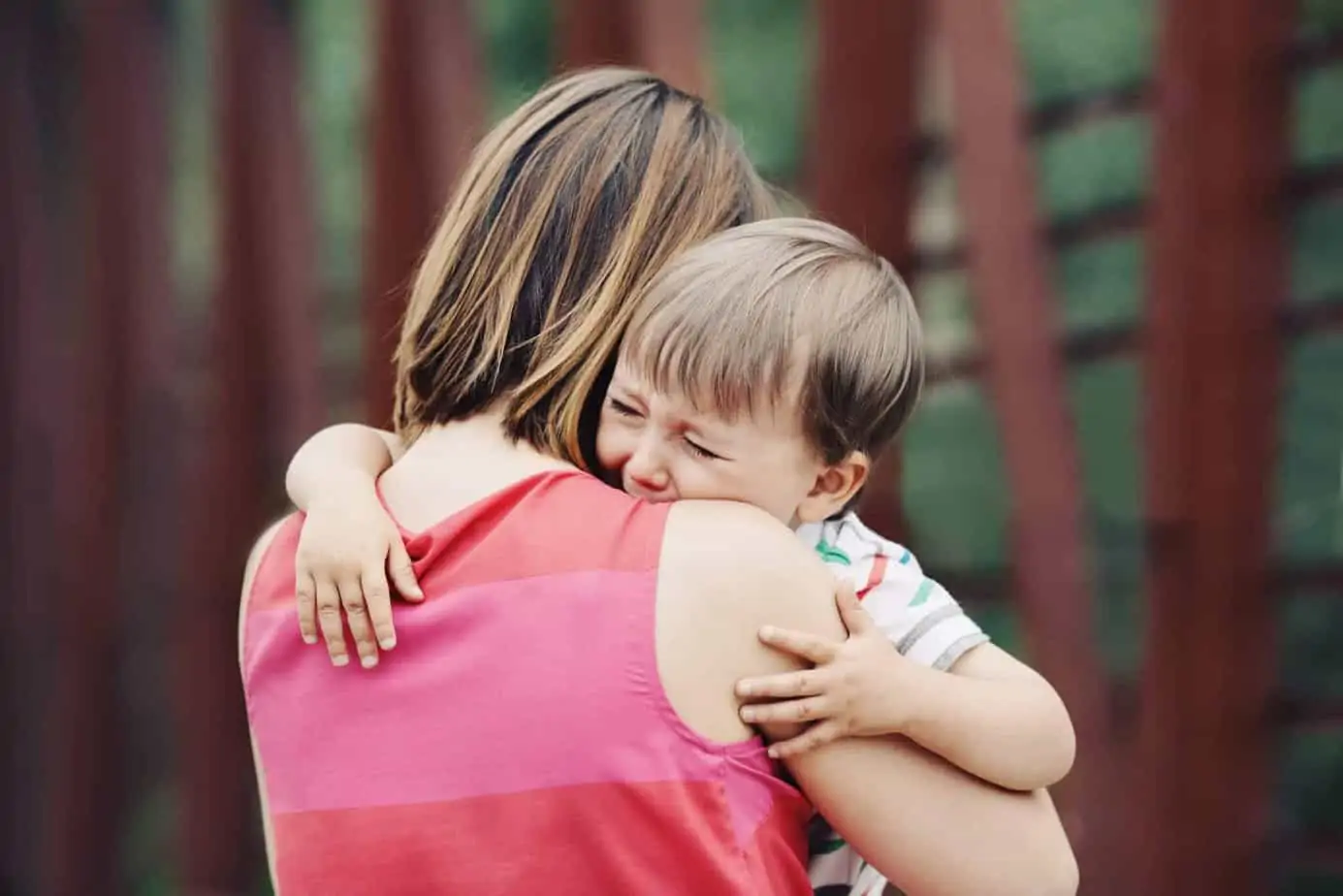

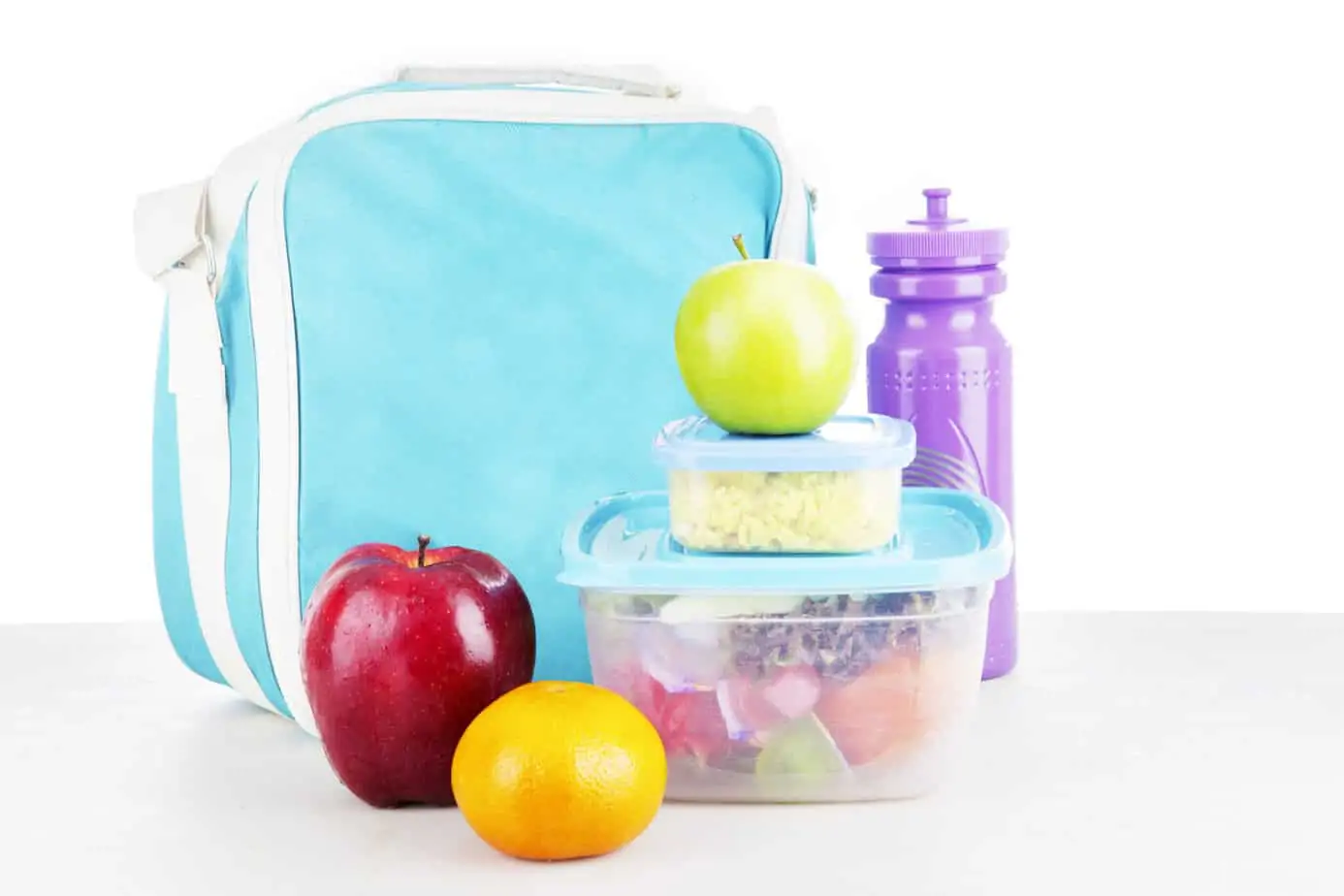



I am a Mom, Early Childhood Educator and Parent Ed Faciliator, and I love all of your articles. Very helpful and positive and right on target with what I like to teach parents including a positive approach including empathy.